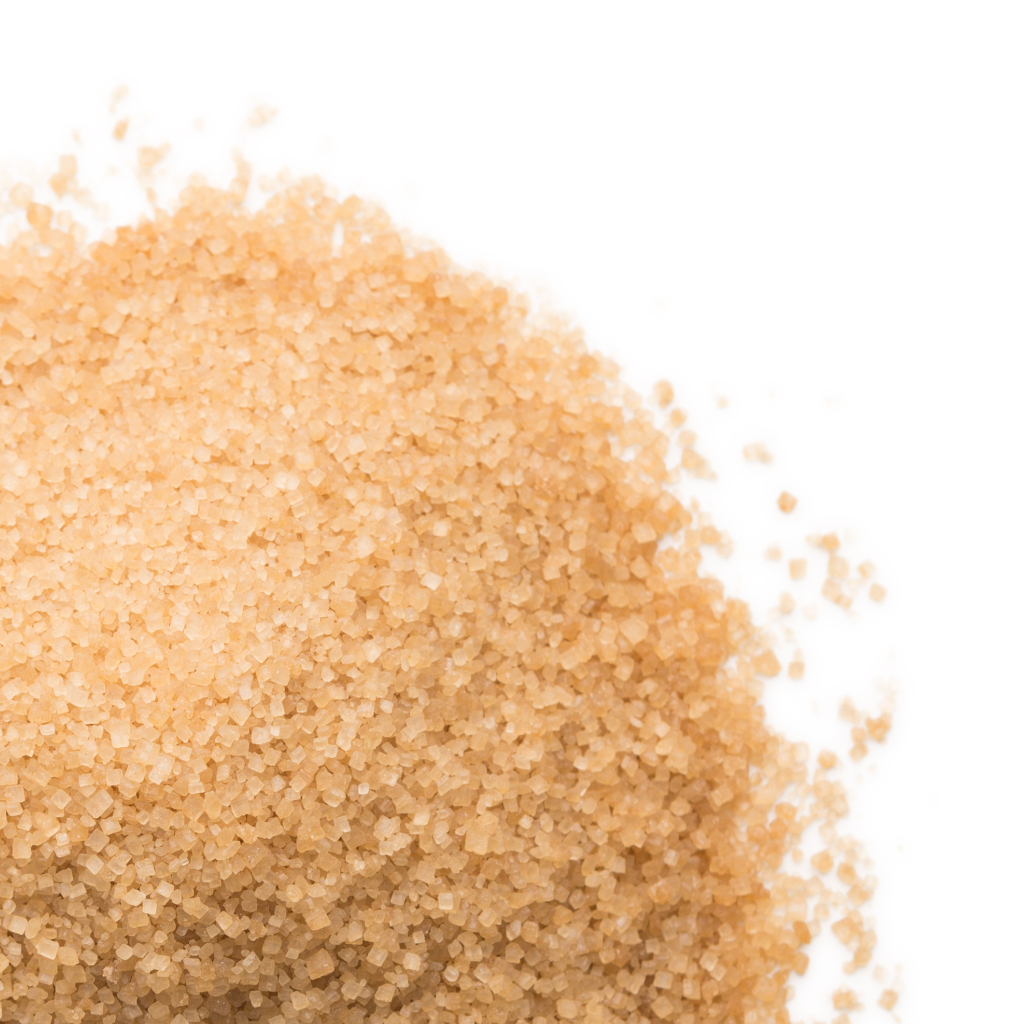Advanced Cane Sugar Processing: Enhancing Efficiency and Sustainability
Wiki Article
Discovering the Comprehensive Steps Included in Walking Cane Sugar Processing From Collecting to Refinement
The procedure of walking cane sugar manufacturing includes a collection of elaborate steps, starting with the mindful harvesting of sugarcane and finishing in the improvement phases that guarantee the last product satisfies sector criteria. Each phase, from the removal of juice to the filtration and condensation procedures, plays an important role in identifying the high quality and personality of the sugar. Understanding these stages not just highlights the intricacy of sugar manufacturing yet also elevates critical questions about efficiency, sustainability, and technology in the market. What effects do these elements have for future techniques?Collecting Sugarcane
Collecting sugarcane is a critical step in the walking cane sugar processing chain, as it directly affects the top quality and yield of the end product. Correct timing and methods are necessary throughout this stage to guarantee optimum sugar web content and reduce losses. Typically, sugarcane is collected when it reaches maturity, normally 12 to 18 months after planting, identified by a high sucrose focus.

Post-harvest, the sugarcane must be processed quickly to avoid sucrose deterioration. Ideally, collected walking stick should be moved to refining facilities within 24-hour to preserve sugar top quality. Consequently, reliable logistical preparation is vital to maintain the honesty of the gathered crop throughout the supply chain.
Removal Refine

The smashed walking cane undergoes a series of pressing procedures to optimize juice healing. Commonly, warm water is splashed onto the crushed walking stick, creating a countercurrent flow that helps liquify the sugar while also assisting in the extraction process. The juice gathered from this procedure has not only sugar but additionally different natural substances and pollutants.

To enhance extraction performance, some centers might employ diffusion techniques, where the sugarcane is saturated in warm water, allowing the soluble sugars to diffuse into the liquid. The resulting juice, rich in sucrose, is then guided to subsequent processing stages, laying the structure for purification and refinement. The extraction process is therefore essential in identifying the quality and yield of the final sugar product.
Purification Techniques
The filtration strategies employed in walking cane sugar handling are vital for transforming the raw juice right into a top notch sugar item. These techniques mostly aim to eliminate impurities, such as dirt, plant products, and not natural substances, which can negatively influence the final item's taste and shade.One of one of the most usual purification techniques is information. This process entails including lime and warm to the raw juice, which promotes the coagulation of pollutants. The resulting precipitate is then removed via sedimentation or filtering, yielding a clearer my sources juice. In addition, the usage of phosphoric acid can improve the explanation procedure by more binding impurities.
One more significant method is carbonatation, where carbon dioxide is presented to the clarified juice. This response produces calcium carbonate, which records staying contaminations and promotes their elimination.
Moreover, turned on carbon therapy may be related to adsorb any type of remaining colorants and organic contaminations, making certain a more polished item. The combination of these techniques effectively prepares the sugar juice for subsequent action in the refining process, setting the phase for the production of top notch cane sugar.
Formation Methods
After the filtration stage, the following essential action in cane sugar processing includes formation methods, which play an essential function in transforming the cleared up juice into strong sugar. This process generally employs two main techniques: spontaneous crystallization and controlled crystallization.In spontaneous formation, supersaturated sugar solutions are allowed to cool naturally, leading to the development of sugar crystals over time. my website This approach permits for the consistent development of sugar crystals and higher pureness.
Throughout formation, the made clear juice is focused with evaporation, enhancing its sugar content up until it reaches supersaturation. Once this factor is attained, either technique can help with the condensation process. Cane Sugar Processing. The resultant sugar crystals are then divided from the staying syrup with centrifugation
Ultimately, the selection of crystallization method influences the high quality, size, and purity of the last sugar product, making this step crucial in the general cane sugar handling procedure.
Refinement and Packaging
How can the purity and high quality of walking stick sugar be additionally improved after formation? The refinement process plays a vital duty in accomplishing high-quality walking cane sugar.Next, the sugar goes through a procedure called centrifugation, where it is spun at broadband to divide the purified sugar crystals from the continuing to be liquid. After centrifugation, the sugar is commonly more refined with an approach called carbonization or phosphatation, which uses turned on carbon or phosphoric acid to remove color and off-flavors.
When improved, the sugar is dried out to attain the wanted moisture material, making certain that it remains steady throughout storage space and transportation. The final action entails packaging the refined sugar in moisture-proof and closed containers to maintain its quality and avoid contamination. Cane Sugar Processing. Appropriate product packaging not just prolongs life span but likewise promotes easy handling and distribution, guaranteeing that consumers receive sugar that meets the greatest requirements of purity and quality
Conclusion
The comprehensive actions associated with walking stick sugar handling, from the thorough harvesting of sugarcane to the intricate refinement and product packaging phases, highlight the value of each phase in making sure high-grade sugar manufacturing. Optimum harvesting strategies, efficient extraction methods, and extensive purification processes jointly contribute to the final item's pureness and stability. The condensation and subsequent product packaging techniques better boost the stability and life span of the sugar, highlighting the complexity and accuracy intrinsic in this essential farming sector.The process of cane sugar manufacturing includes a series of intricate steps, starting with the cautious harvesting of sugarcane and culminating in the improvement stages that ensure the last item satisfies industry standards. Preferably, gathered cane needs to be carried to processing facilities within browse this site 24 hours to maintain sugar high quality.In spontaneous crystallization, supersaturated sugar options are allowed to cool down normally, leading to the development of sugar crystals over time - Cane Sugar Processing. The refinement procedure plays a critical role in achieving high-grade walking stick sugar.The thorough steps entailed in cane sugar handling, from the precise harvesting of sugarcane to the detailed refinement and product packaging phases, highlight the importance of each phase in ensuring top notch sugar manufacturing
Report this wiki page